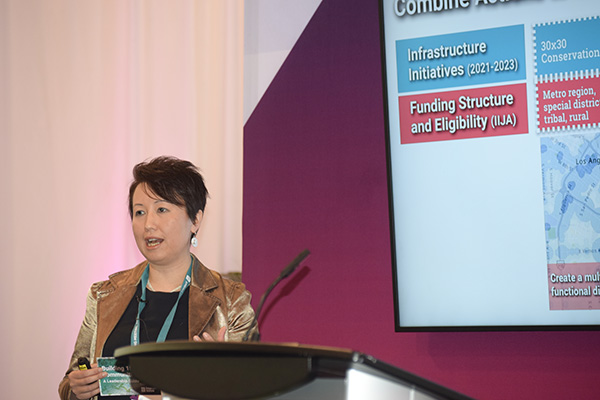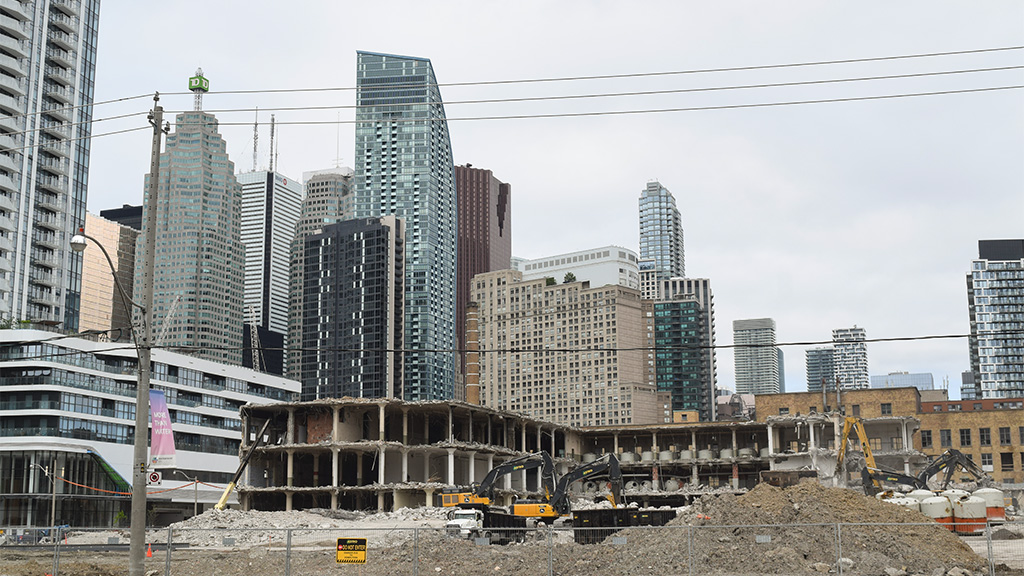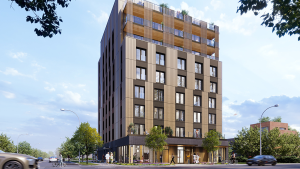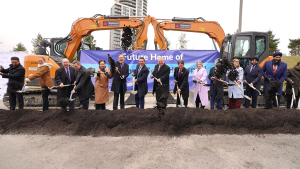The 15-Minute Communities movement is having a moment in 2023, and Urban Land Institute infrastructure fellow Yvonne Yeung believes she and her colleagues have created a tool to stretch that moment into a long-term vision for master-planning urban spaces.
Spurred in part by President Joe Biden’s US$1.2-trillion Infrastructure and Investment Jobs Act and funding structure, Yeung has created a tool, called Building 15-Minute Communities: A Leadership Guide, to be used by urban planners and other city-builders as they design or redesign the cities of tomorrow.
The goal is to finally shed planning that centres on the automobile and instead builds healthy, economically viable, decarbonized environments.
Yeung, an urban planner and CEO of Toronto-based SDG Strategies, is the ULI Curtis Infrastructure fellow for 2023, focused on the 15-Minute Communities initiative. She has written of growing up in Hong Kong where she was able to walk to all of her weekly activities, including parks, a transit plaza and a community hub with spaces for schools, recreation, doctors and special events.
Yeung delivered a presentation on the theme during the ULI Spring Meeting held in Toronto recently.
“Over the next seven years, North America will be building more than 10 billion square feet of development,” she said.
“We know that without proper guidance, the development can end up an auto-dependent neighbourhood.”
Last year a ULI leadership group held a workshop to strategize how they could create a model so that planning professionals, whether they were doing infill or master-planning a new project, could create walkable neighbourhoods.

The framework that emerged is organized around “Five Forces of Success”:
- align development and infrastructure decisions with whole-of-government initiatives;
- combine actions to streamline infrastructure delivery;
- combine resources to make infrastructure multifunctional;
- apply walkable catchment decisions across six real estate geographies; and
- combine services to bring infrastructure to life.
Metro regions will be decarbonized with a network of 15-minute communities; central business districts would be decarbonized, affordable and live-in; “edge cities” (a cluster of density away from the downtown) would become heat-proof, all-ages-friendly communities; suburban corridors would be densified into walkable, mixed-use innovation districts; suburban malls would be transformed into transit and trail-oriented mixed-use communities; and exurbs would be imagined as a “working landscape of agrihoods and nature-based solutions.”
The model sees extensive integration of planning functions including funding decisions, Yeung said. Japan and Scandinavia offer lessons on best practices.
“How can we combine more users with the same building?” she asked, addressing social infrastructure. “There’s an opportunity because the funding sources are overseen by the same group that’s looking after senior care and health and education.”
Public works, the environment and energy can all be under the same umbrella, Yeung explained, referring to Toronto’s district heating systems being created by Enwave.
“That means that this notion of doing green streets and other elements can be done in the same project,” she said. “There’s a lot of opportunities to synergize energy and environment together.”
Master planners will leverage the transit network and start to create expectations for walkable neighbourhoods through cities. Developers will find opportunities to redevelop aging infrastructure and work on economic development, Yeung said, because a key mandate is how they can market the entire region as a whole.
“There’s three elements they’re looking for: education and health, access to affordable housing, and access to transit,” she said.
From a property management perspective, the focus will be on both energy and social inclusion, Yeung said.
Already 75 per cent of malls are being repositioned, some with complete revamps and others with retrofitting. The focus will be on economic development and transportation, which currently “do not talk to each other, although they have a clear relationship because with a high level of transit, you can increase density and economic development,” said Yeung.
Lucia Garsys from the ULI Infrastructure Forum Leadership group spoke after Yeung’s presentation, suggesting conference delegates clue into what travellers tend to like best about their trips.
“What did you like about it?” asked Garsys. “Often the answers are, we could walk everywhere. We could take a train.
“And so I ask you in your ULI hats, whether you’re developers, whether you’re government officials, or whether you’re just interested in the topic, try to inspire.”











Recent Comments
comments for this post are closed